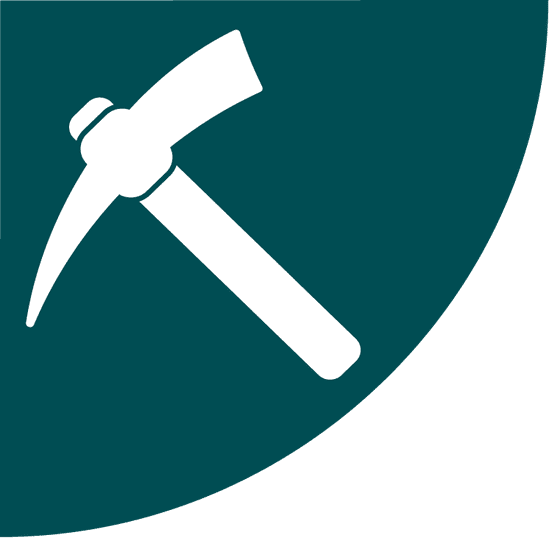NIOSH Seeks to Improve Participation in Coal Workers’ Health Surveillance Program
In November, NIOSH issued a request for information to inform efforts to improve participation in its Coal Workers' Health Surveillance Program, which offers free and confidential chest radiographs and spirometry examinations to eligible miners. According to NIOSH, periodic health screenings offered through CWHSP can potentially detect early signs of coal workers’ pneumoconiosis, or black lung, a preventable occupational lung disease caused by breathing respirable coal mine dust. The agency encourages all coal miners—current, former, underground, surface, and contract—to participate in the program, but realizes that some may face barriers to participating in health screening offered by CWHSP.
Examples of potential barriers that might prevent coal miners from accessing CWHSP screenings include scheduling issues, concerns related to confidentiality of medical information, and concerns that the early identification of dust-related lung disease might adversely affect a miner's career. Some miners may be worried that personal finances will require them to continue working despite early identification of dust-related lung disease.
Participation by coal miners in CWHSP is voluntary. NIOSH says that about 35 percent of active coal miners participate in CWHSP health screenings.
“Greater participation in the program would provide more opportunities for early detection of pneumoconiosis in coal miners, providing those with early disease the ability to take action to reduce the chance for progression to severe lung disease,” the
Federal Register
notice reads.
Responses to the RFI are due by Jan. 14, 2019. More information about submitting comments is available in the Federal Register
.
NEWSWATCH

MINING

